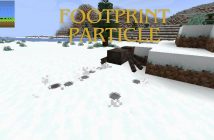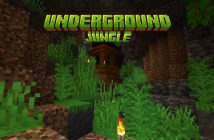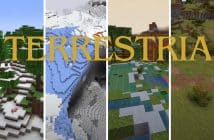Table of Contents:
NuclearCraft Mod is a modern physics mod made by TLJGames that aims to bring realistic nuclear, quantum, and particle physics to Minecraft. NuclearCraft has been designed from the ground up with a heavy focus on real world accuracy. NuclearCraft features over 100 unique items which can be used for power generation or as part of an in-game Nuclear Engineering system. NuclearCraft also implements many different types of machines such as the Nuke Cannon, Nuclear Reactor and Fusion Reactor. All these machines work together in order to provide players with an easy way to generate vast amounts of electricity that can then be used for powering lots of different types of electrical machines like furnaces and electric mining drills.
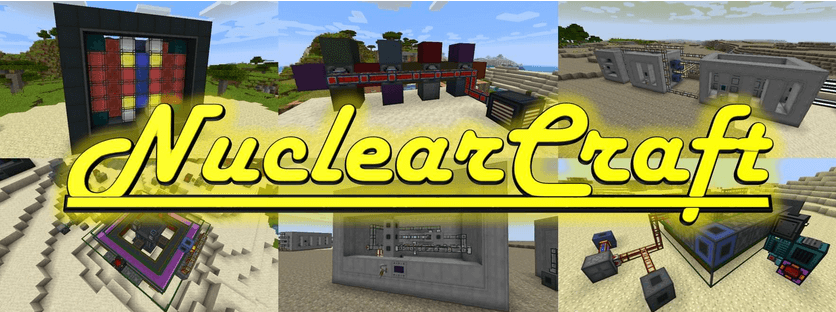
How to install Download NuclearCraft Mod for Minecraft?
Follows 5 Steps below to install Download NuclearCraft Mod for Minecraft on Windows and Mac :
1. Download and install Minecraft Forge, you can read the instructions below the article.
2. Download the NuclearCraft Mod for Minecraft.
3. Open the . minecraft folder and then enter the mods folder. Important: Some older versions of Forge may not have the ‘Open Mods Folder’ button. If this is the case, create the directory under the name mods.
Windows:
Press the Windows key +R at the same time
Type %appdata% and press enter
Find folder Minecraft and then look for the Mods folder within that
Mac:
Click on the desktop and then press Command+Shift+G all at the same time
Type ~/Library and press enter
Open the folder Application Support and then Minecraft.
4. From here, drag in the mods file downloaded (.jar or .zip) you wish to add.
5. Run Minecraft, and you should now see the new mod installed in the list!
Enjoy Download NuclearCraft Mod for Minecraft, If there is an error, please comment on this article we will support.
Features
- Forge Energy, RF, IC2 EU and GTCE EU compatibility
- Intricate multiblock fission reactors
- Multiblock heat exchangers and steam turbines
- Large multiblock tokamak fusion reactors
- In-depth nuclear fuel system featuring many fuel types
- Complex fusion system of multiple fuel combinations
- Full JEI compatibility
- CraftTweaker recipe support
- Complete Mekanism gas support
- Fallout-style radiation system
- More materials, weapons, tools and armour
The foundation
Start by stockpiling all the NuclearCraft ores that you find. You’ll need a lot. You’ll also need quite a lot of
Coal and
Iron, some
Nether Quartz,
Redstone,
Lapis Lazuli and
Gold.
Unless other power options are available to get started, your first step is to create a Decay Generator to power your early machinery. Decay Generators generate power from the heat generated by the decay of adjacent uranium and thorium blocks – they are very inefficient so you’ll want to upgrade pretty quickly.

Now craft your first NuclearCraft utility machine, the Manufactory. With it, you will create Crushed Coal, Graphite Dust and Crushed Quartz, and can also be used as a simple ore doubler if you choose. The recipe is rather simple. It requires the first example of a NuclearCraft machine component: a Copper Solenoid.
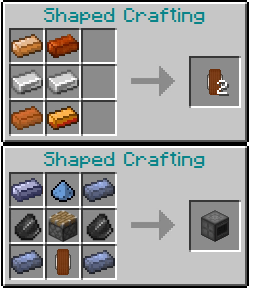
At this point, consider replacing your Decay Generators with Basic Solar Panels (5 RF/t during daylight) or Uranium RTGs (4 RF/t constantly).
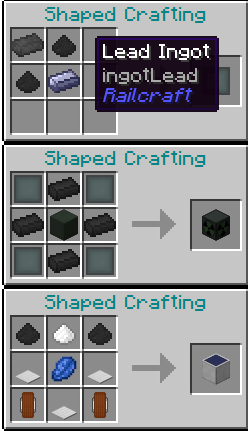
Now your power is a little more stable, make an Alloy Furnace. You’ll be using this machine a lot, so you might want to make more than one.
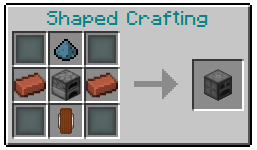
If you already have a good RF power generation setup, consider adding some Speed Upgrades to your machines.
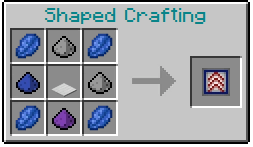
The Isotope Separator is your next step and the most important parts of initial nuclear material processing. It separates materials into their constituent Isotopes.
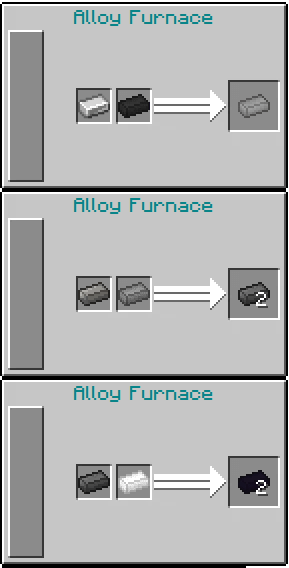
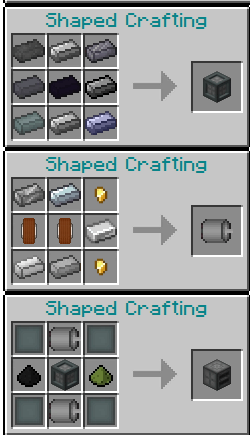
Once you have your Isotope Separator set up, it is time to build your first Fission Controller, the heart of a Fission Reactor.

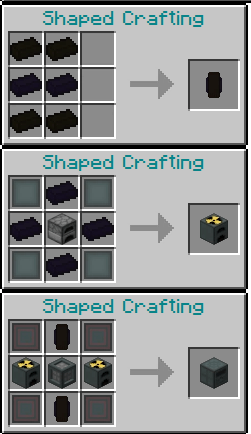
Building a Fission Reactor
We’re almost ready to make our first, very basic Fission Reactor, but we’re going to need a lot of Basic Plating, Tough Alloy and Steel to make one. The main article on Fission Reactors describes how to build a Fission Reactor in general, but this section will show how you may want to go about coming up with your own reactor designs. For simplicity, we will consider only a few of the the cheaper passive coolers, and also leave out the consideration of active coolers. You’ll need to decide how big a reactor to make: due to the complex nature of how Fission Reactors work, it’s not really possible to recommend a best size – you’re going to have to think carefully about your design from the get-go. As a demonstration, we will construct a small, 3×3×3 reactor using LEU-235, an entry-level fuel
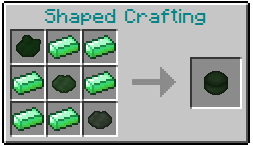
Reactor Components
A basic fission reactor consists of five main components: the controller, casing, cells, moderators and coolers:
The Fission Controller is the heart of the reactor – it takes in nuclear fuel and outputs their depleted counterparts and keeps note of the reactor’s heat and power gen stats.
Reactor Casing is used to build the shell of the reactor structure. Every fission reactor consists of a cuboidal interior enveloped by a layer of casing – each side of the interior must be covered, but crucially, the edges must not be or the reactor structure will not be recognised!
The Reactor Cells hold the fission fuel while it is depleting and generating heat and power. Basically, the more cells, the more heat and power produced. Additionally, cells directly adjacent to one another or separated by at most four moderator blocks in a straight line will become more efficient and generate more power – this does come at a cost of generating more heat, though.
The moderator blocks (currently Graphite or Beryllium) are used to increase the efficiency of the reactor. For every cell adjacent to each moderator block, additional power and heat is produced, making the reactor more efficient, again at a cost of producing more heat.
The coolers are the blocks which remove excess heat from the reactor. This is very important, as a reactor that overheats will melt into a nasty mess of molten corium. There are fifteen coolers available, and as well as each having their own cooling rates, they also have their own placement rules – each cooler’s positioning must satisfy certain conditions to function, making cooling a reactor the most complex aspect of building a safe reactor.
NuclearCraft Mod creenshots:
Fusion Reactor Setup [1.9f]
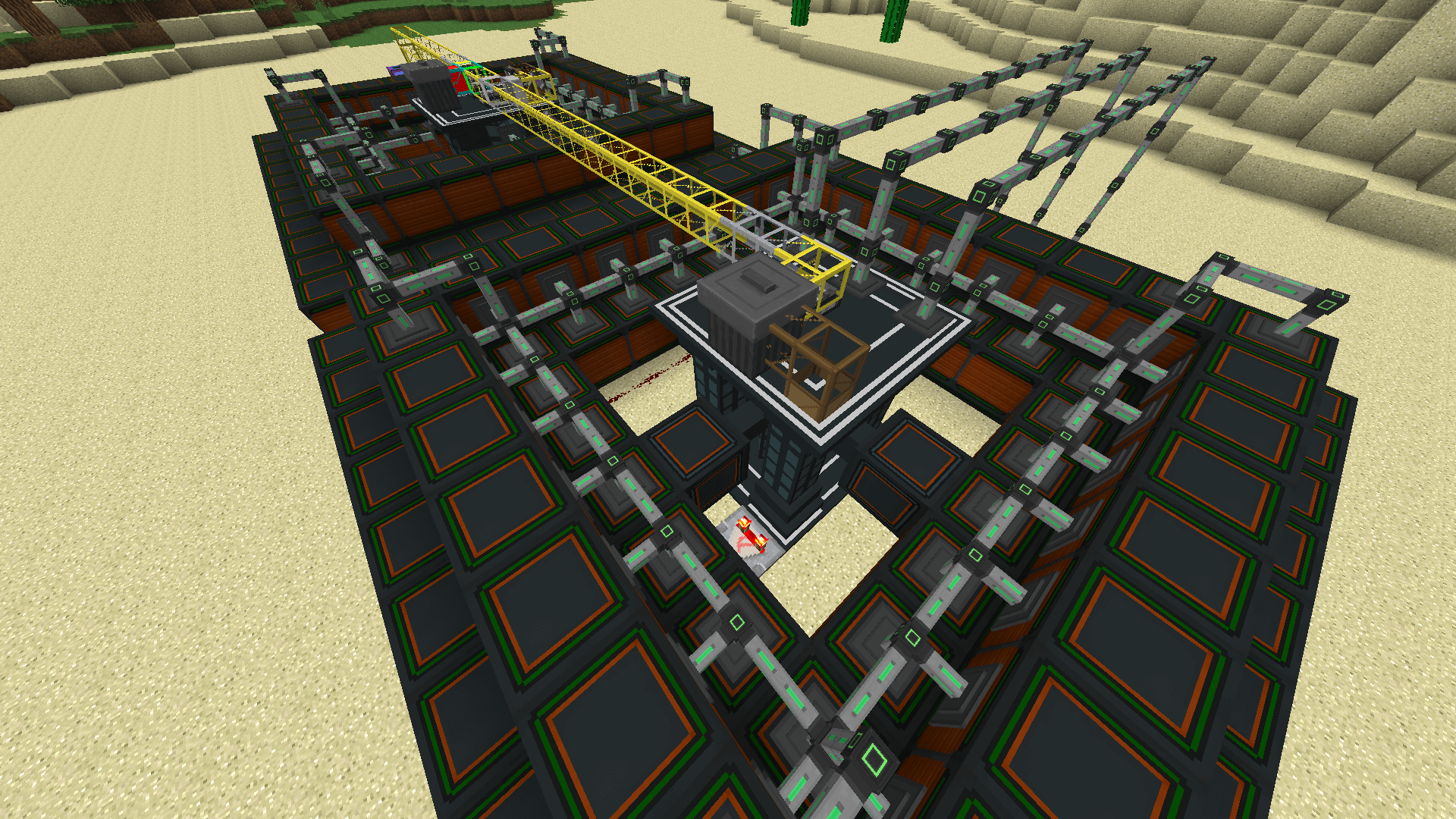
Particle Accelerator [1.9f]
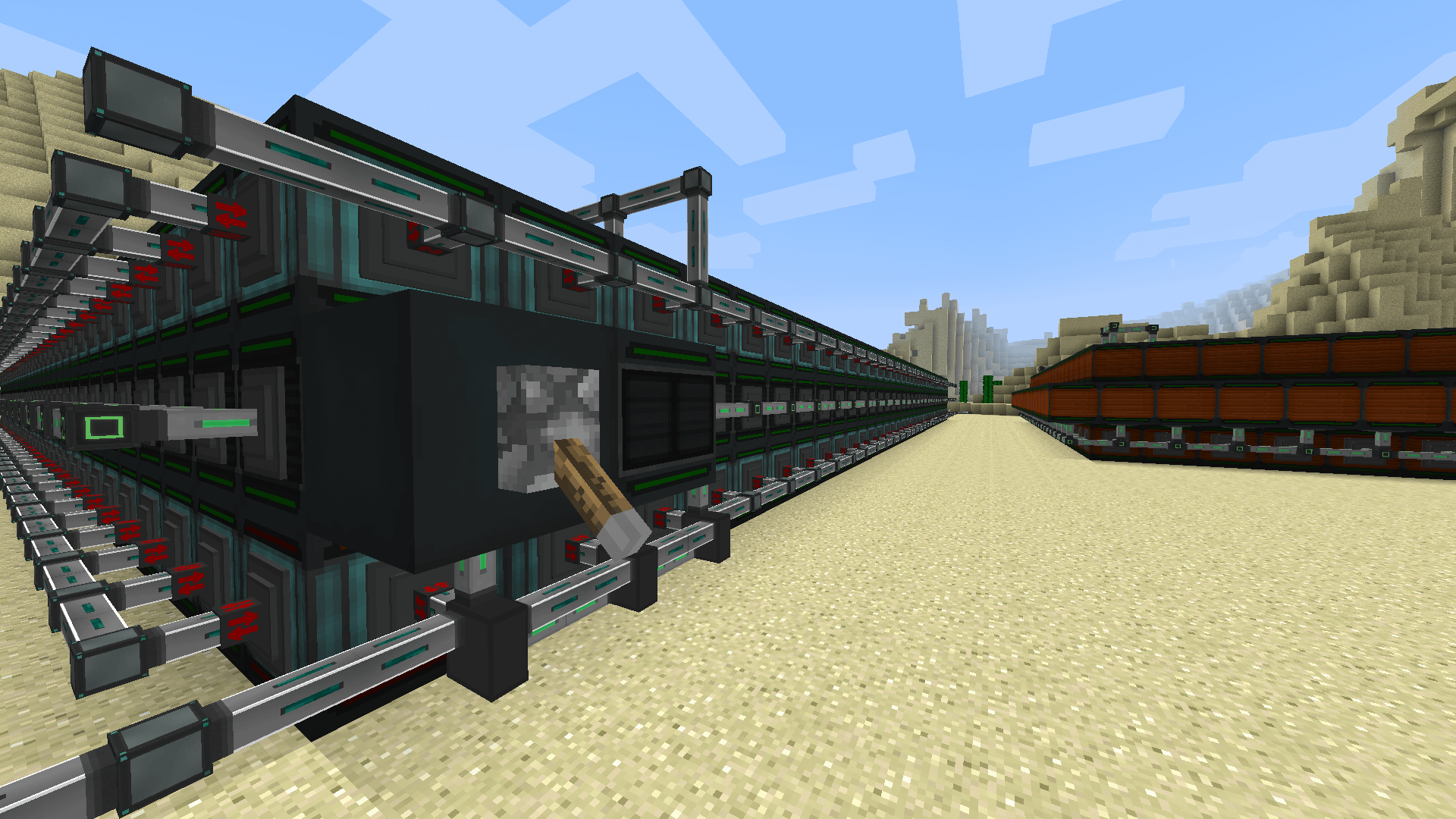
Two Solid-Fuel Fission Reactors [2.12]

Fusion Reactor [2.12]
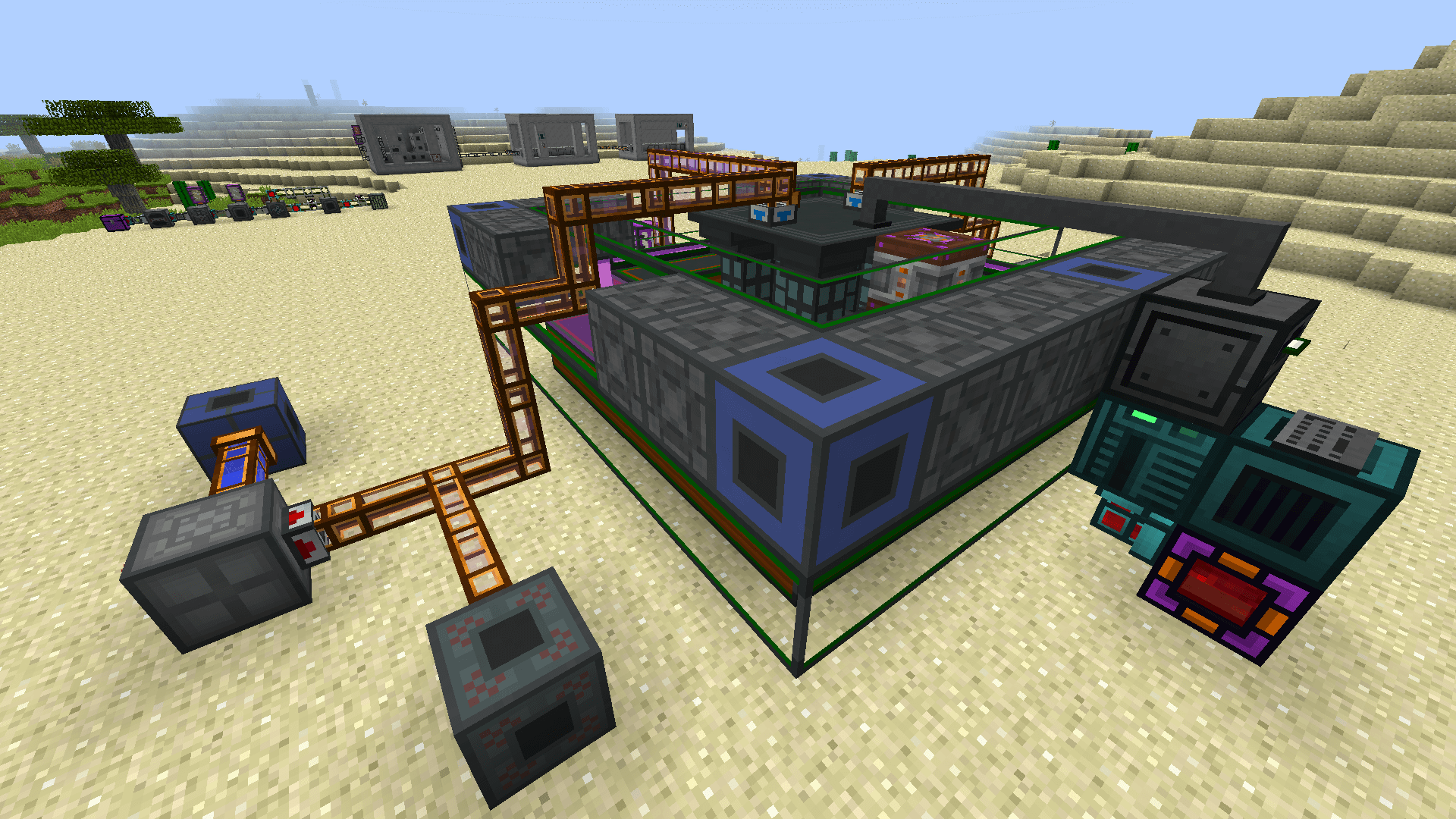
Fusion Reactor and Machines [2.12]
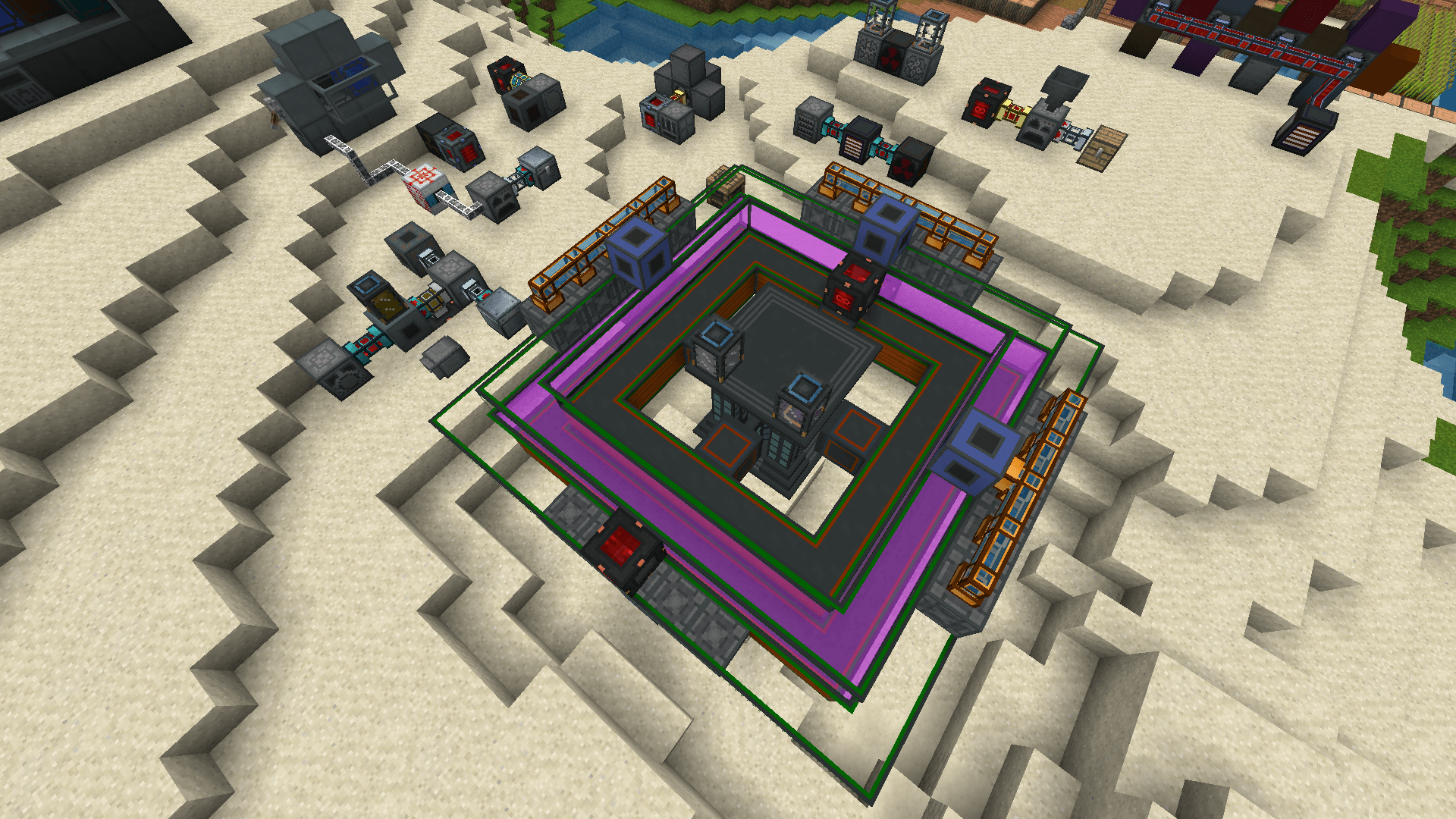
Decay Generators [2.12]
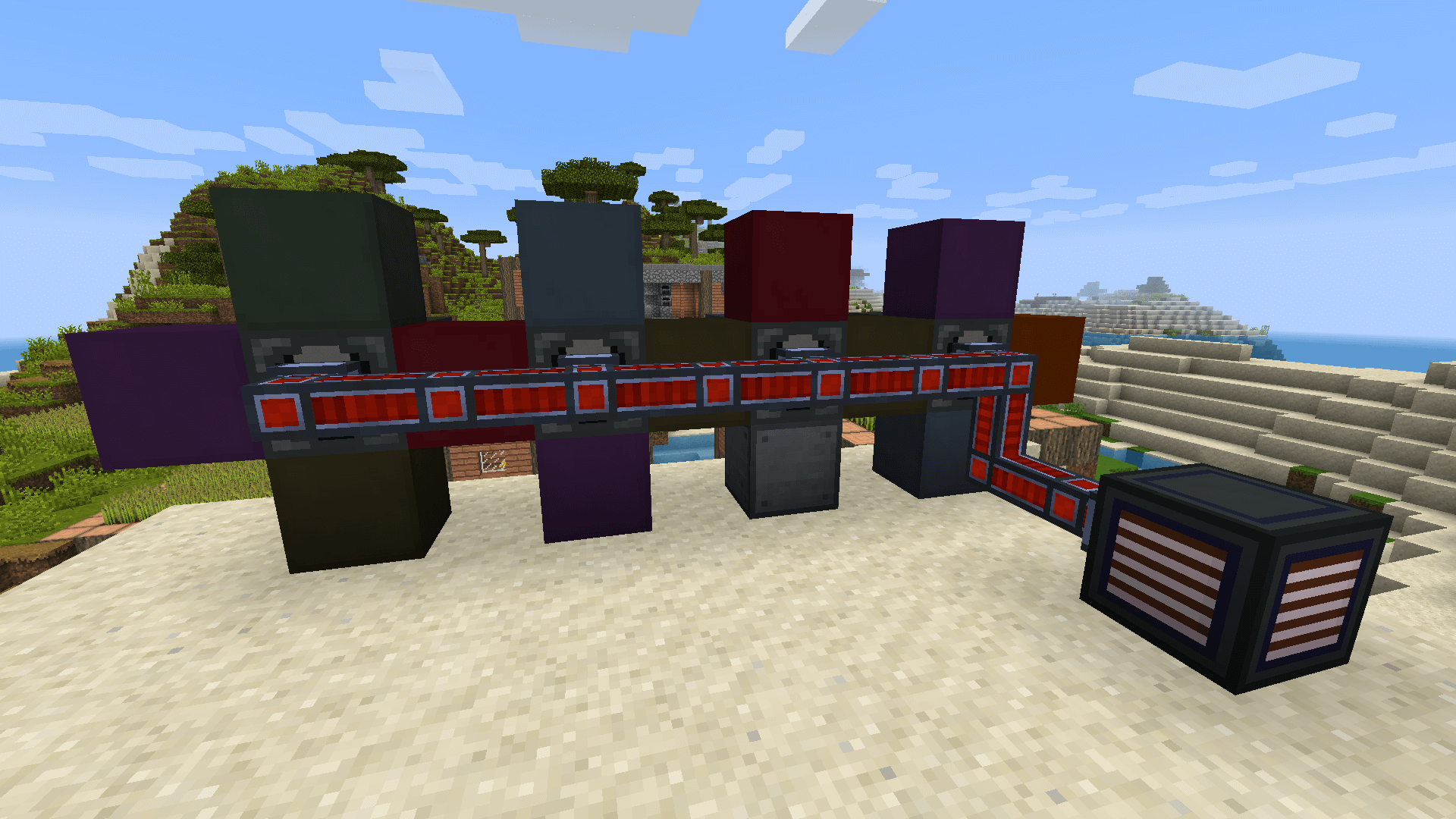
Solid-Fuel Fission Reactor [2.12]
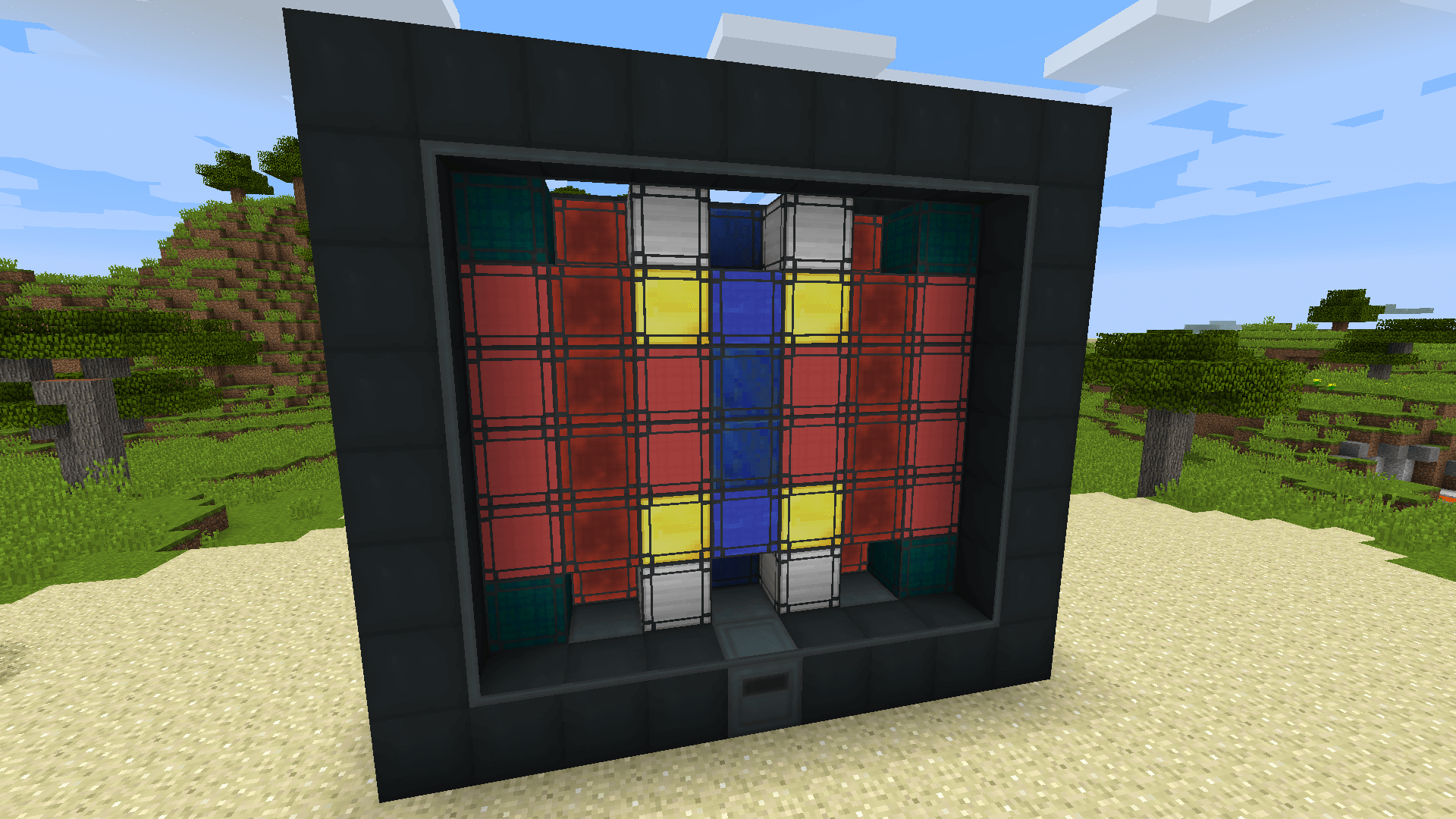
Molten Salt Fission Reactor [2.12]
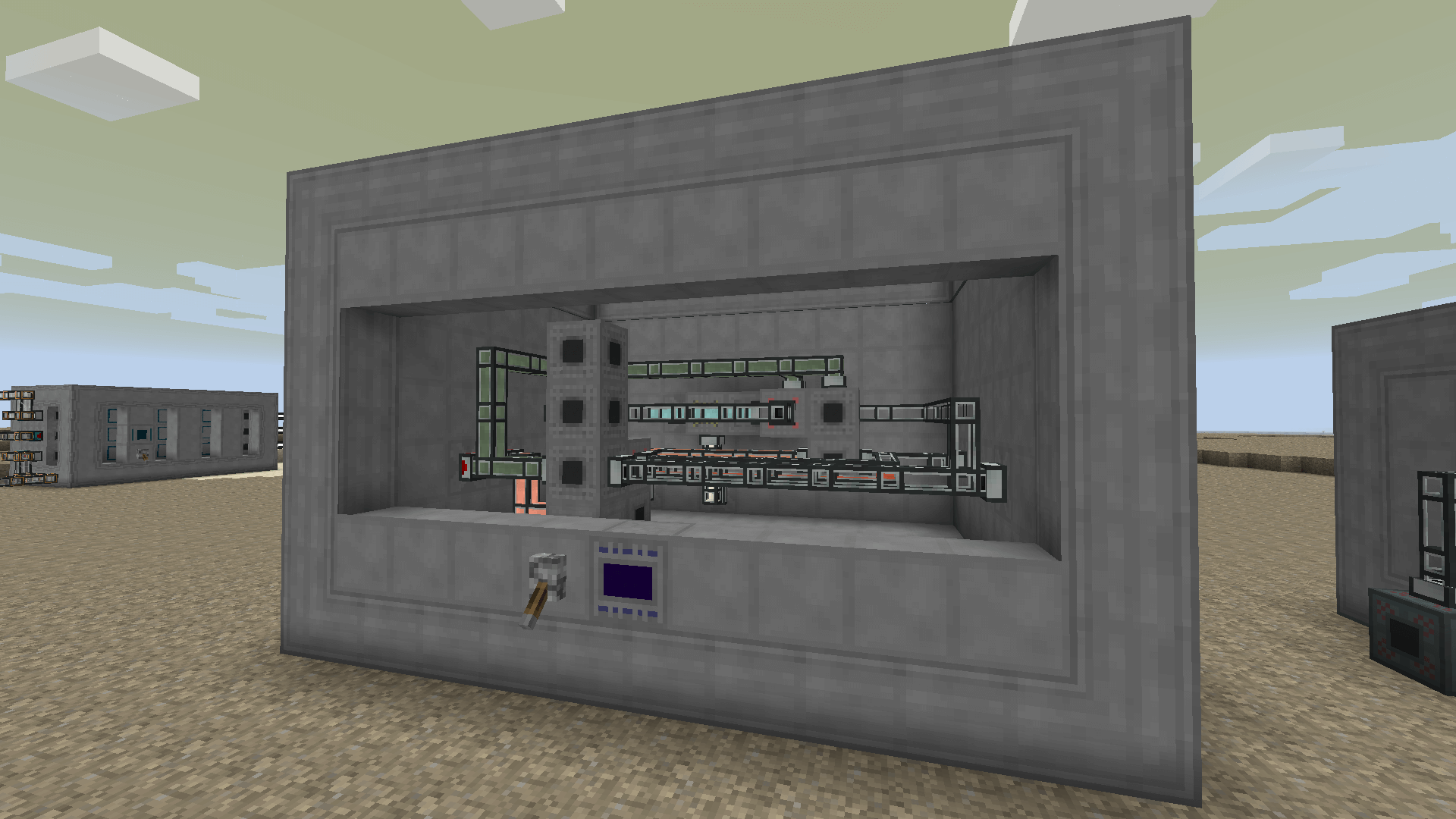
Heat Exchanger Setup [2.12]
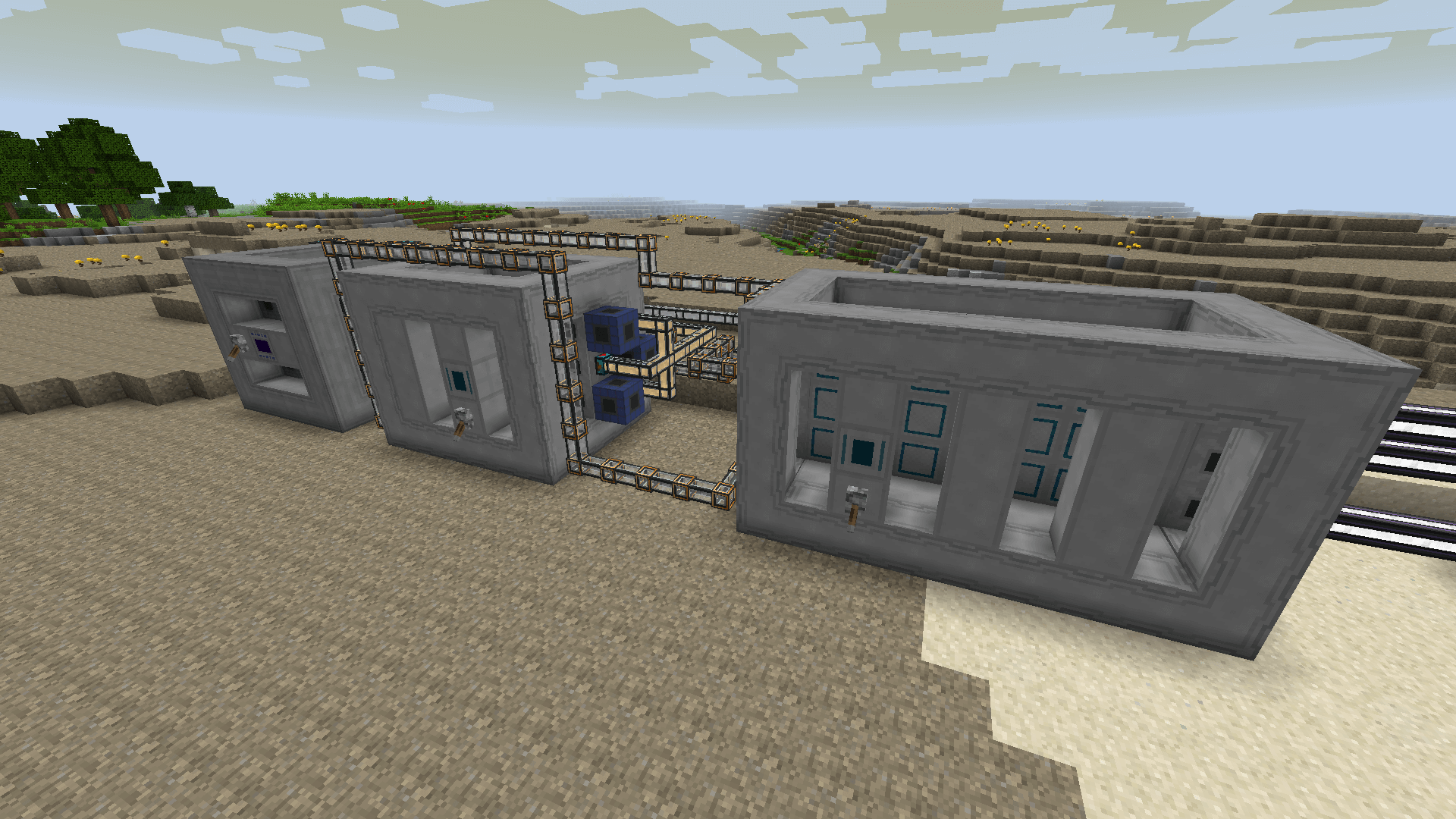
NuclearCraft Mod 1.12.2/1.11.2 Download Links:
Minecraft Game version 1.7.10:![]()
Minecraft Game version 1.10.2:![]()
Minecraft Game version 1.11.2:![]()
Minecraft Game version 1.12.2:![]()
FAQ
Q: How do I craft a nuclear reactor?
A: If you are looking for the recipe, it is in Nuclearcraft/NuclearReactors.
Q: How do I craft a nuclear bomb?
A: If you are looking for the recipe, it is in Nuclearcraft/NuclearBombs.
Q: Where is the NuclearCraft 1.8.9/1.9 compatibility version?
A: There isn’t one yet, but I am working on it!
How To Download and Install Minecraft Forge (Modding API)?
Minecraft Forge is a free, open-source server that allows players to install and run Minecraft mods. 4 steps to install forge for windows, mac, Linux
1. Download Minecraft Forge at the website, select the version of Minecraft you want to run, then download the installer using your browser.
2. Open the .jar file you just downloaded (Run installer as Administrator), make sure Java is installed on your operating system
3. Select Install Client or Install Server if you want to install for your server, and click OK. Wait about 2 minutes, and you will see a success message.

4. Launch Minecraft and select the Forge profile, then click Play.
5. You will see Minecraft Forge in the lower-left corner and the Mods button under Multiplayer.

Congratulations on successfully installing Minecraft Forge and experimenting with NuclearCraft Mod for Minecraft downloaded.
If there are errors, please comment on this article.

